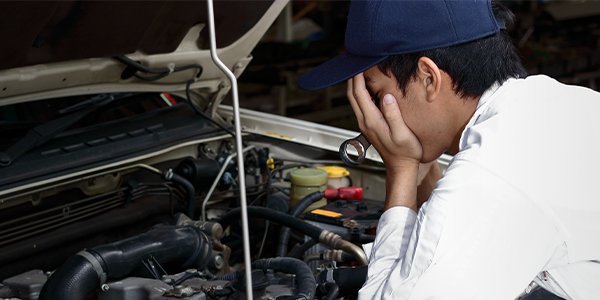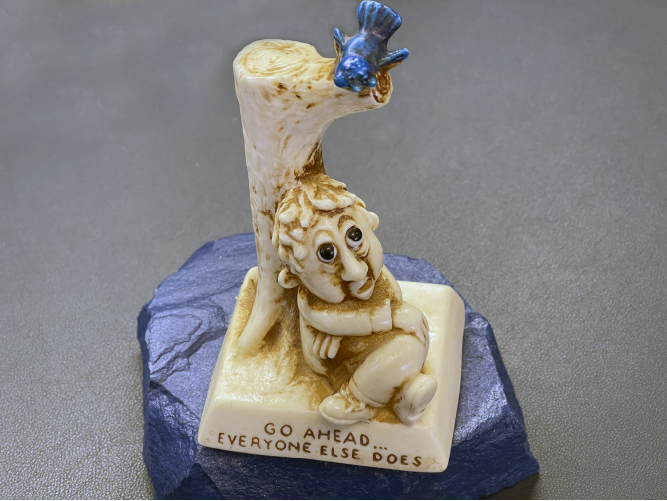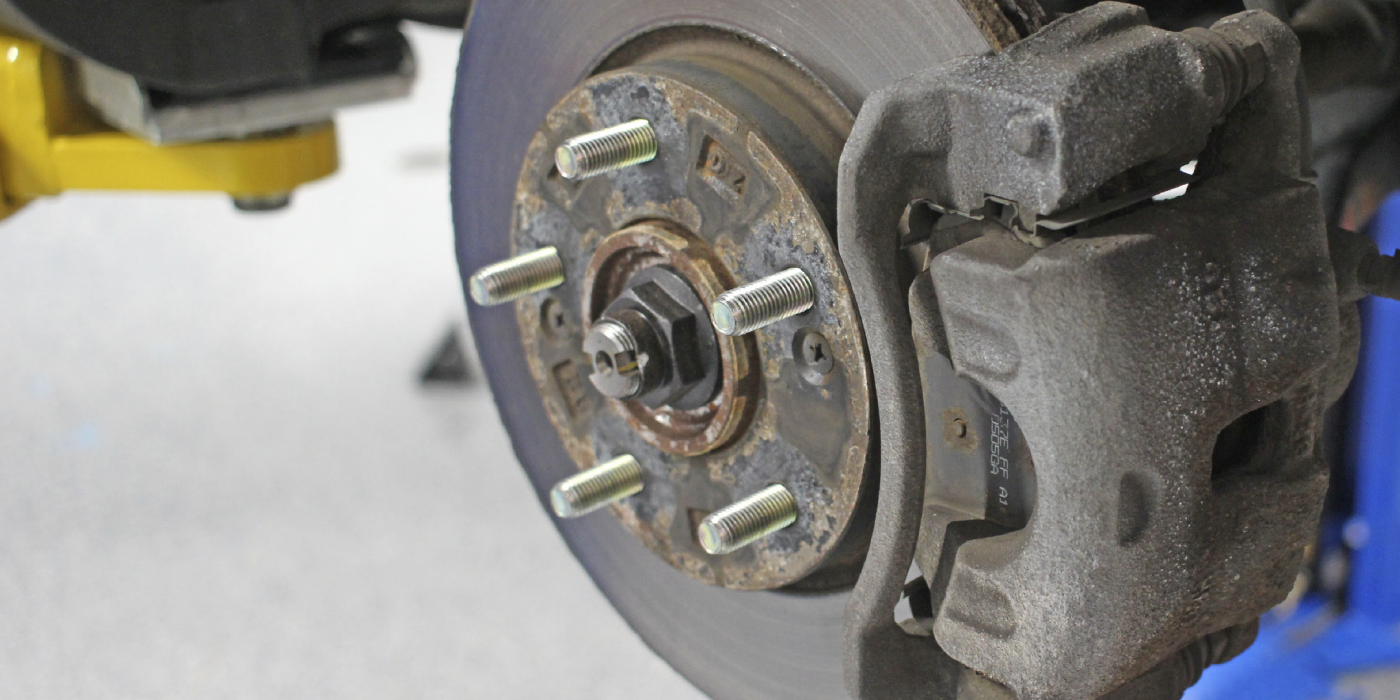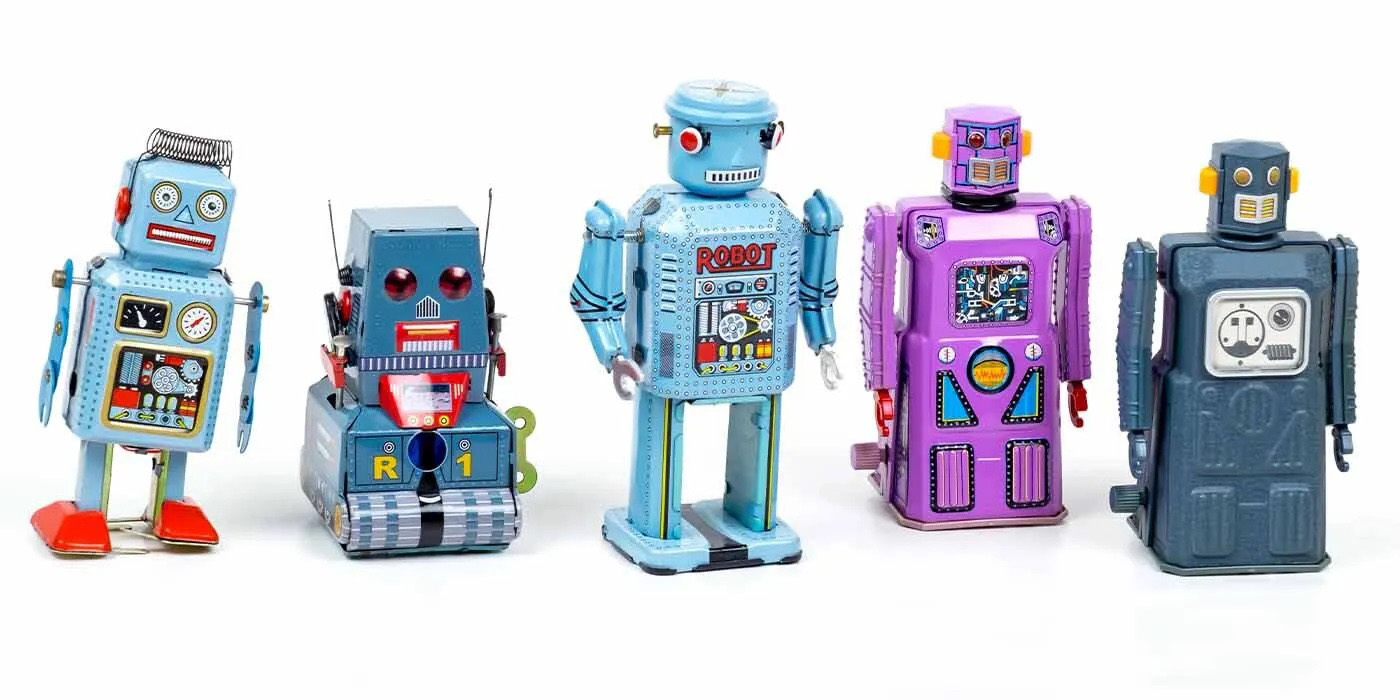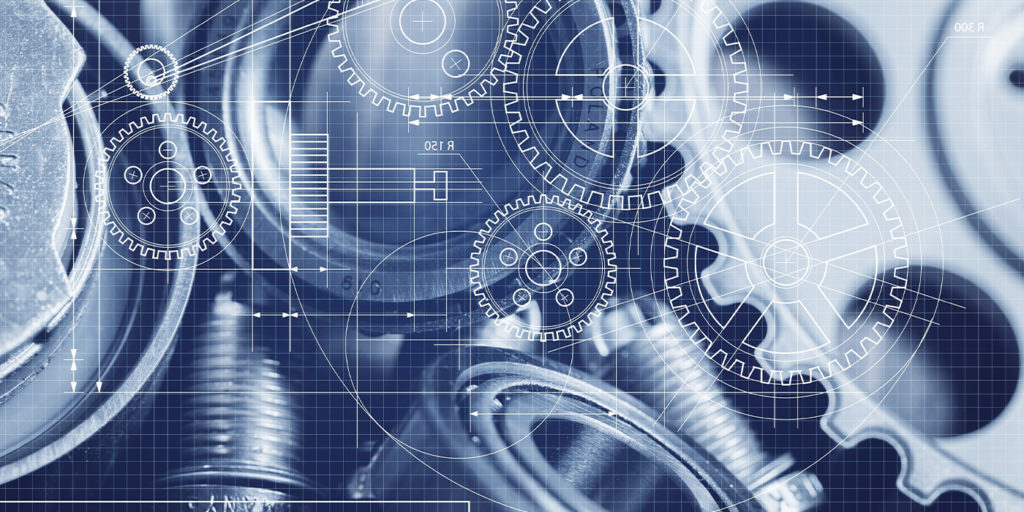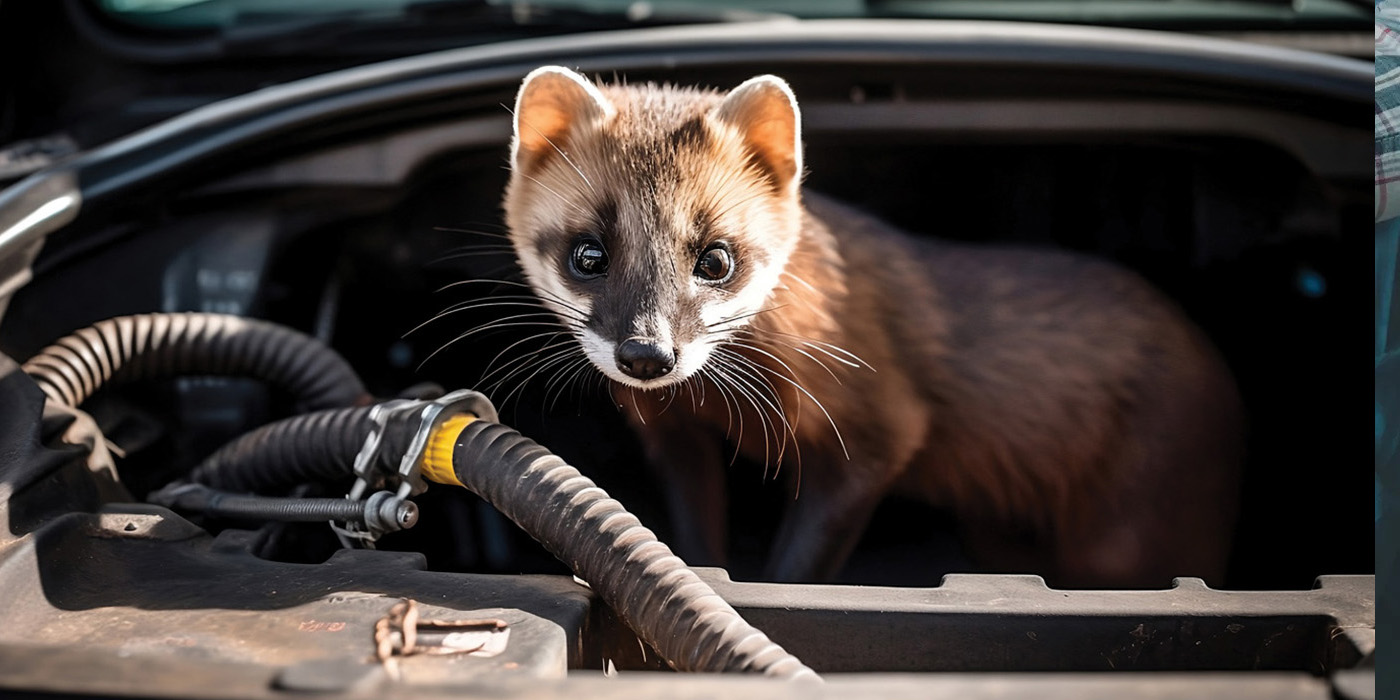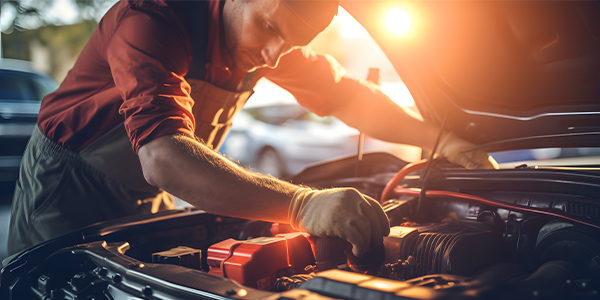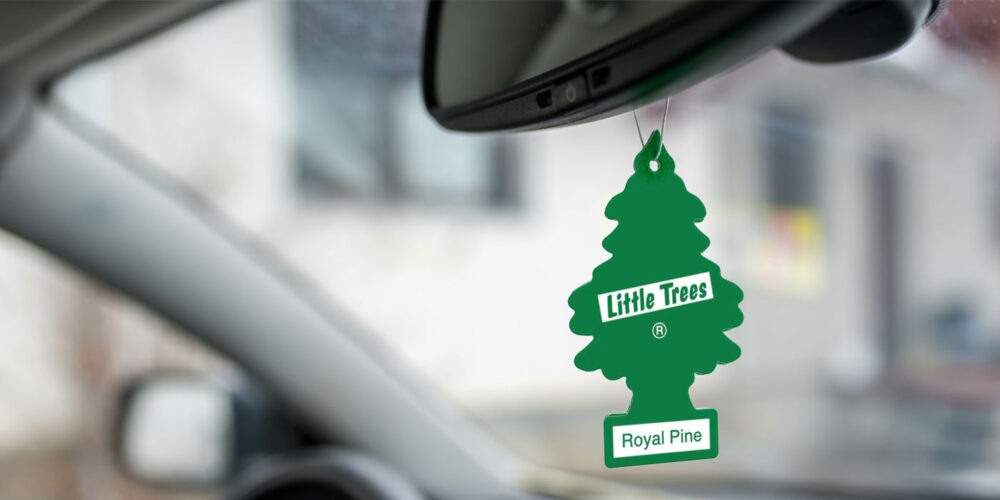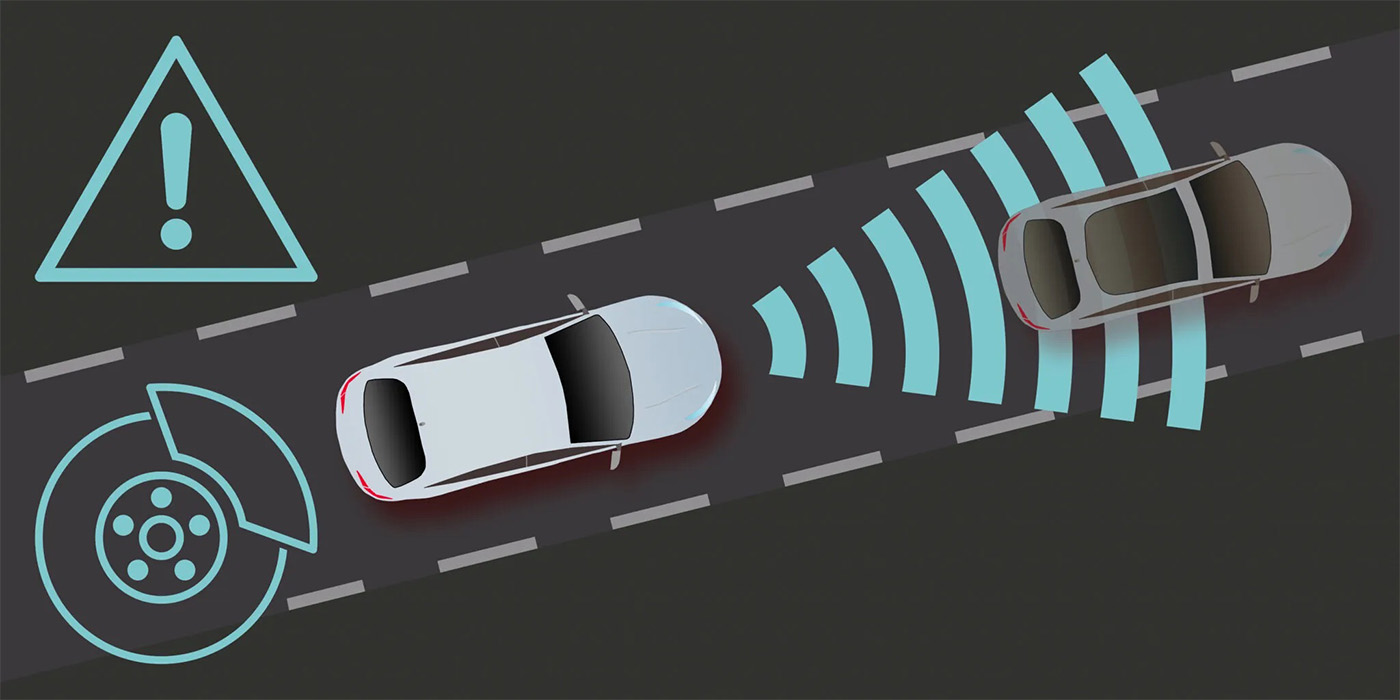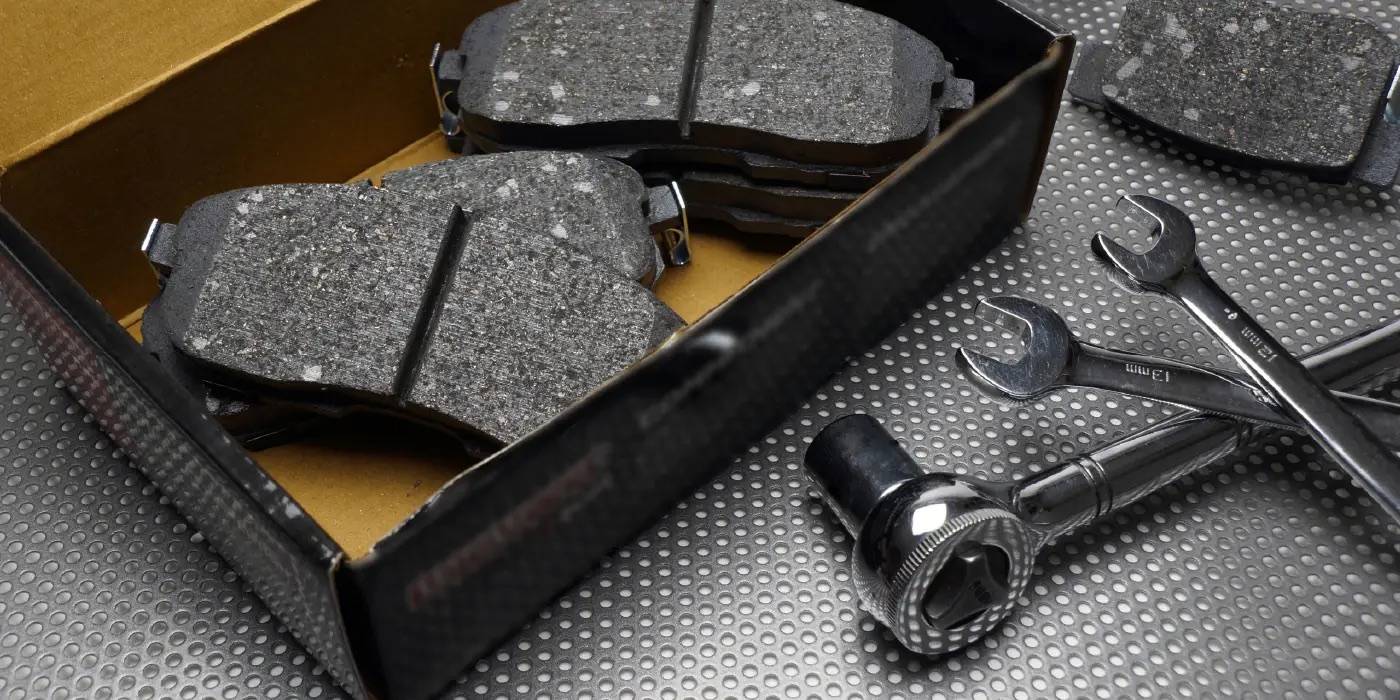My dad had a statue on his desk of a man sitting under a tree with a bird about to crap on him. On the statue’s base was the phrase, “Go Ahead, Everybody Else Does.” The figure was created by Russell Berrie, who also invented the troll doll in the 1960s.
As a child, I did not comprehend how life could beat you down to the point you would let a bird poop on you. However, the older I got, the more I understood the sentiment of the statue. Recently, I have talked to many technicians and shop owners who have adopted the “crapped on” mantra or attitude when it comes to new technologies.
I know it can be challenging to keep up with new technology. It can be scary when it is first presented to you in a training class or when it is in your bay. But, it has been this way for almost 100 years.
Just look at brakes. When hydraulic brakes came out in the 1930s, some shops treated it like an impossible-to-service technology. Shop owners and techs could not comprehend how fluid could stop a car. When disc brakes became more common in the 1960s, some shops started to fear lathes and cross-feed speeds. It was also this way for fuel injection, air conditioning and even HID headlights.
Sure, there have been some failures like optical camshaft position sensors, feedback carburetors and some dual-clutch transmissions. But, many new technologies have presented shops with new opportunities like replacement TPMS sensors, calibration procedures and reprogramming. These opportunities mean more revenue.
I am willing to bet if your shop was just performing tune-ups, replacing brake drum linings and mounting bias-ply tires, you would not be able to pay the rent.
If I had to make an updated, upbeat version of the statue, it would be a technician under a vehicle that’s on a lift. He would be looking up. On the base, it would say, “That is new!”
I am very optimistic about the future of shops and automotive repair. Every ADAS system, electric drivetrain or stop/start system is a future revenue possibility for an independent shop. So, look up, the future is bright.

